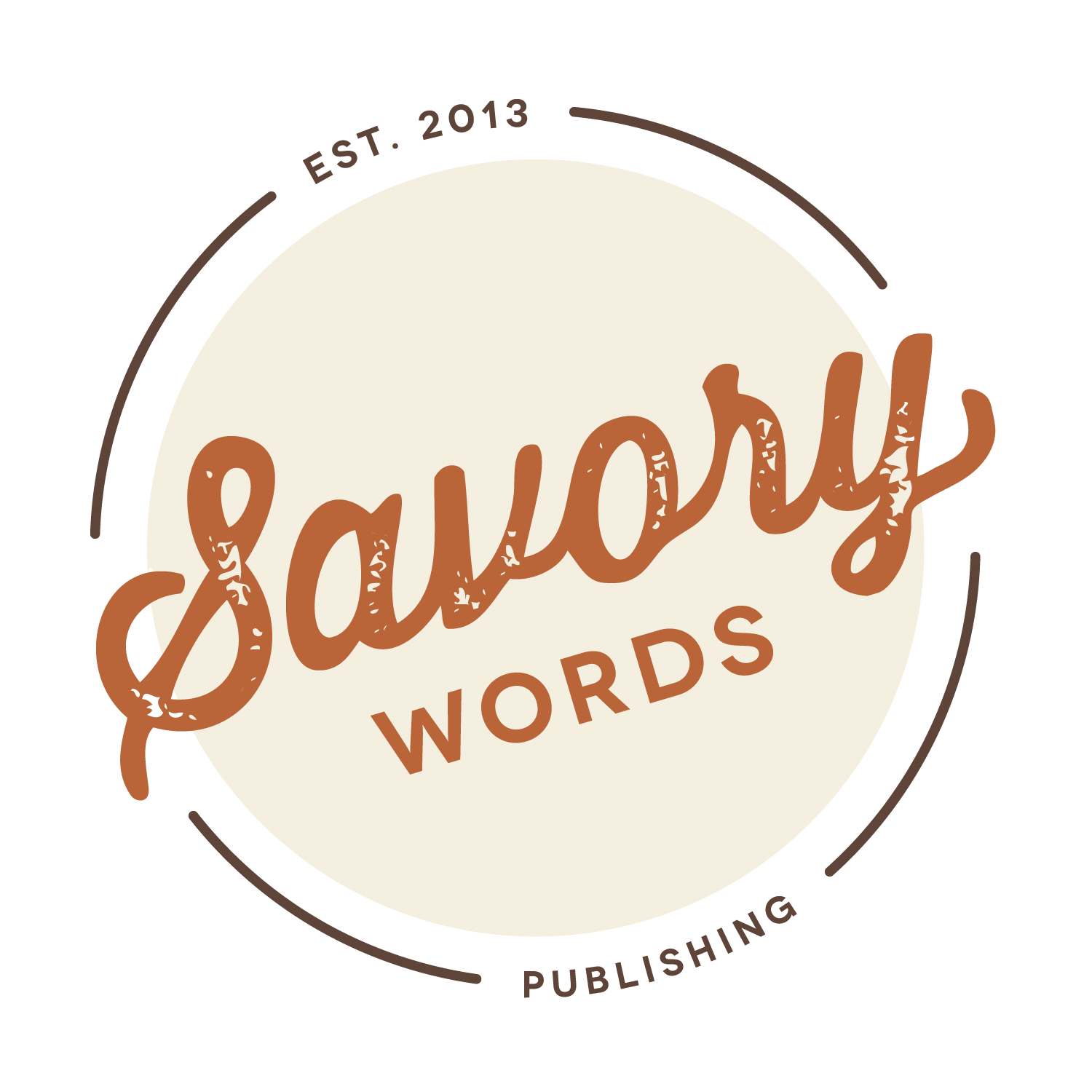How to prevent plagiarism in your book
More and more authors who are self-published are finding their works plagiarized, or plagiarizing others’ work. One of the more infamous plagiarizers, Laura Harner, previously known for writing romance novels, publicly admitted to plagiarizing books after she had published as many as 75 novels in five years, according to The Atlantic.
The article shares numerous examples of plagiarism, along with the toll plagiarism takes upon everyone involved.The best way to avoid committing plagiarism is to always record where you obtained the information. This seems like a no-brainer, but it’s easy to copy things without citing them or take notes without documenting the source, especially if you’re rephrasing or summarizing information.
Cite any and every idea that is not your own. Make it a habit to document the source on all your notes. After all, it’s easier to edit out sources and citations than it is to go back and try to find where you got something.
Before starting your research, decide which citation system you’ll use. Some of the more common ones are APA, MLA, or Chicago. There are countless websites and books that can help you format your citations properly, or you can hire an editor such as T.S. Writing Services. By selecting a citation system, you will be better equipped to consistently record the correct details about the source.
Three steps to help ensure you don’t commit plagiarism are to:
Always cite the source. When researching, always record where you get the information from. If you use that information, cite the source.
Cite, even when paraphrasing. Even if you’re not copying the information word-for-word, you still should cite it. Just because you retell someone else’s idea in different words doesn’t mean you can take credit for it.
Use quotation marks. Whenever copying someone’s information word-for-word, use quotation marks and list the citation.
Another strategy is to run anything you write through a plagiarism checkerto ensure that you don't plagiarize anything unintentionally. It’s better to have too many citations than to miss one and be accused of plagiarism, which can destroy your professional credibility.
Video description: Savory Words owner Trudy Suggs sits in front of a beige wall that shows the Savory Words sign. Behind her is a simple wood-and-metal desk, with Savory Words books held together by typewriter-design bookends, and a lamp. Trudy is wearing a dark orange printed shirt with a dark blue cardigan over; she has on dangly gold earrings.
Image description: A square with rust bars on top and bottom shows on the left in a brown block, in white text, “How to prevent plagiarism in your book.” On the right is a picture of a brown individual's hands pulling a book from a library shelf. At bottom right is a white square with the Savory Words logo.

